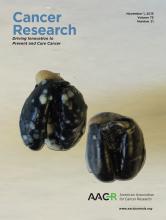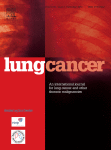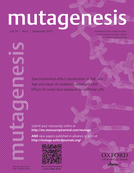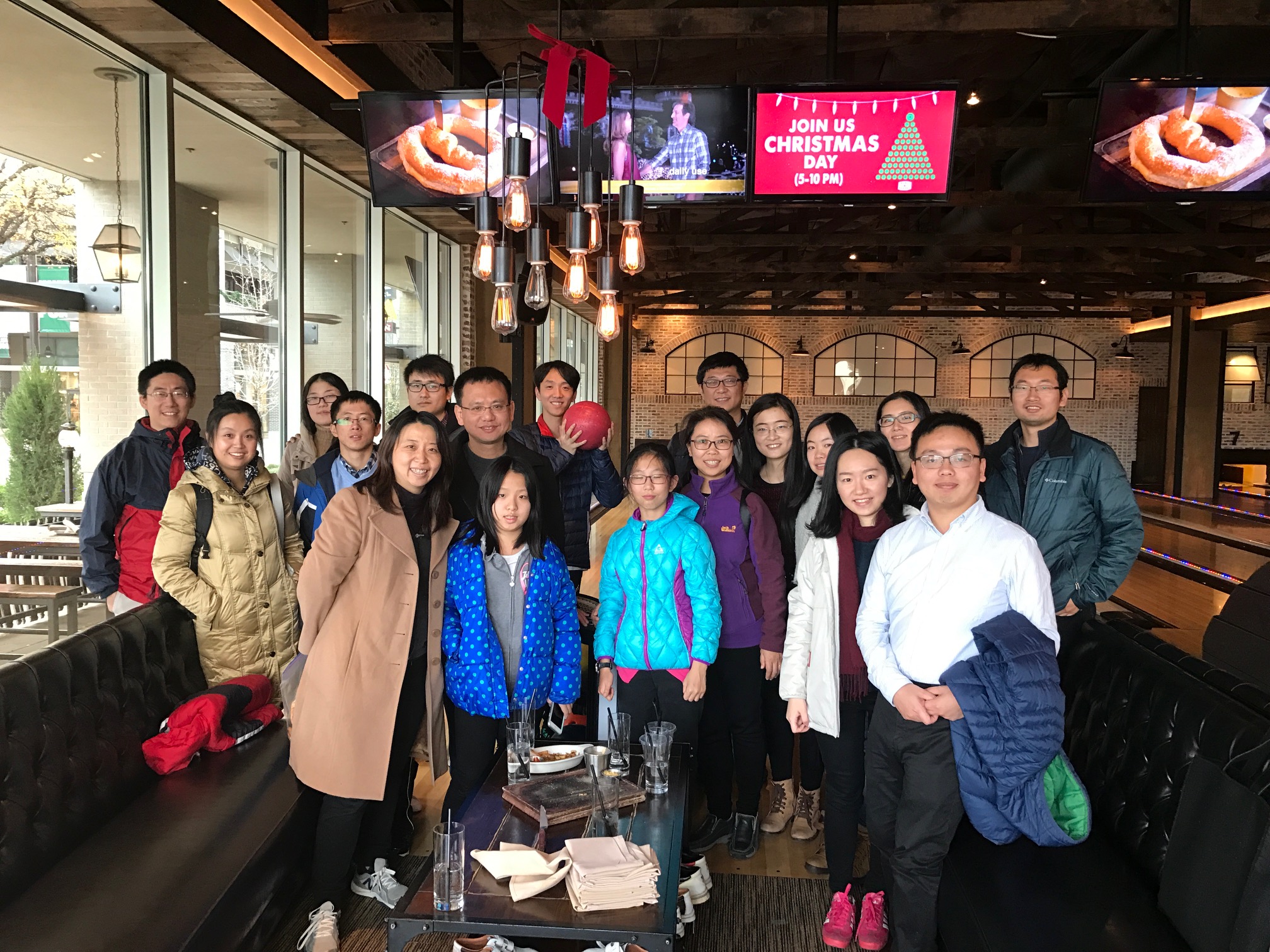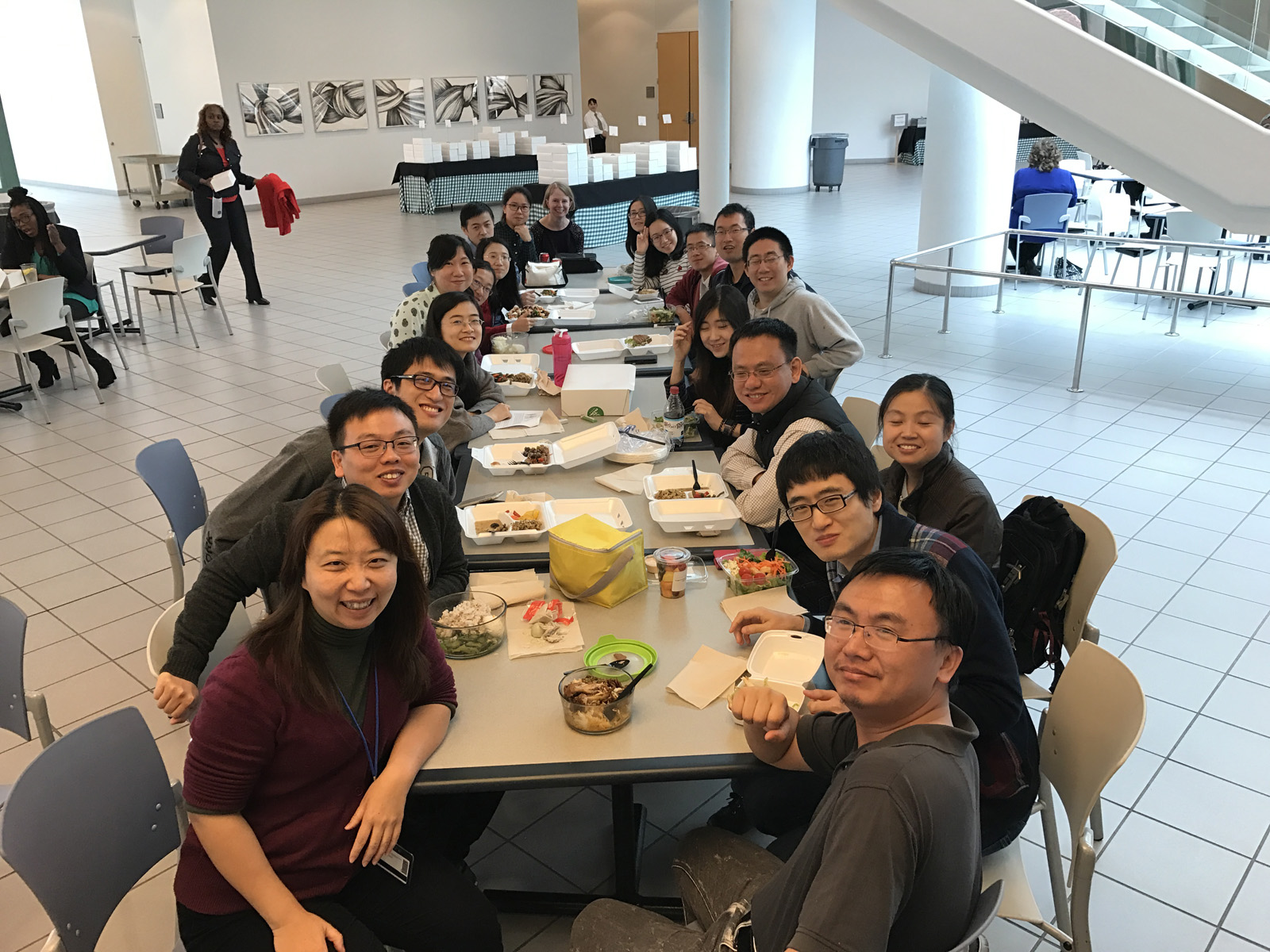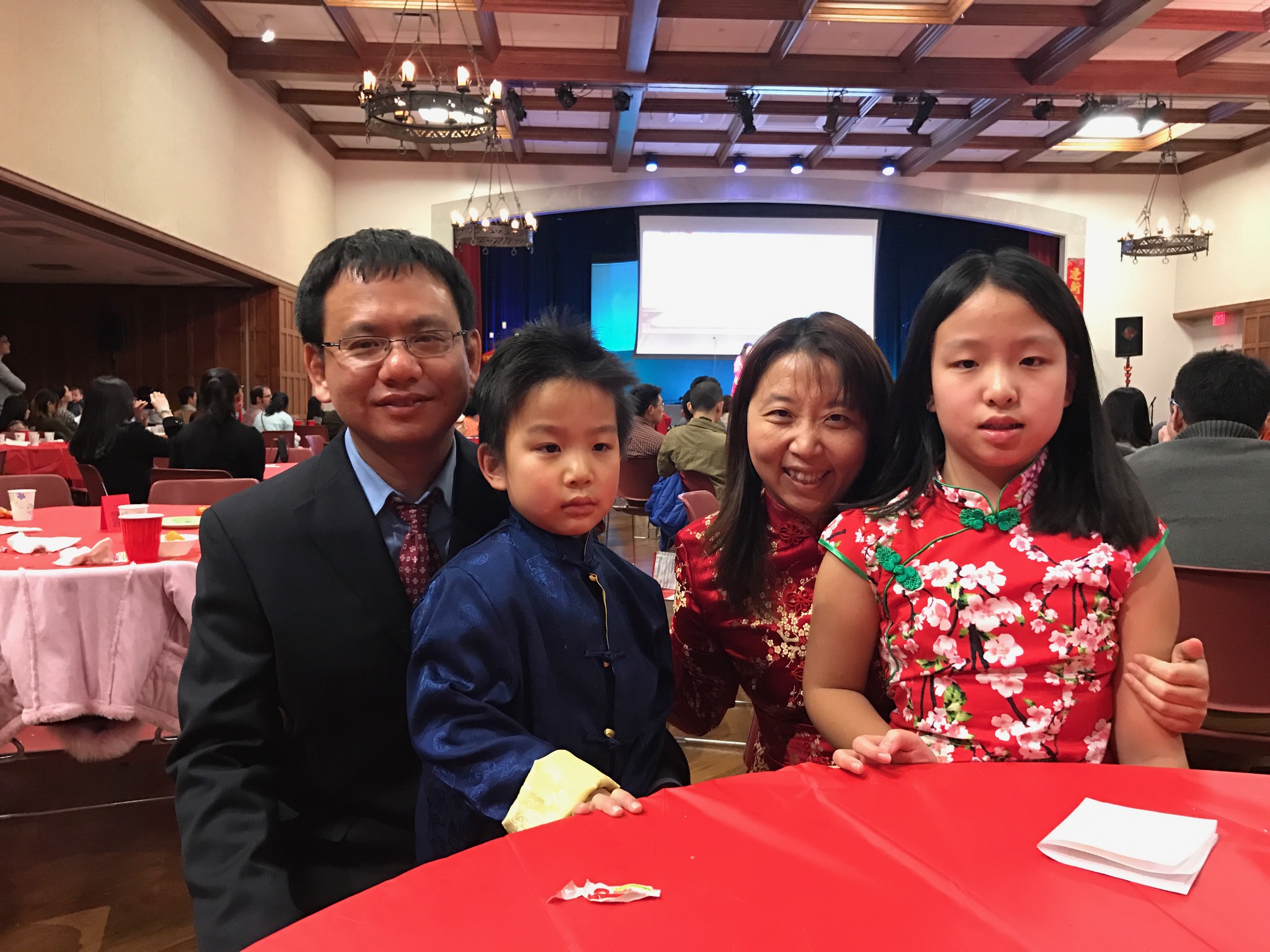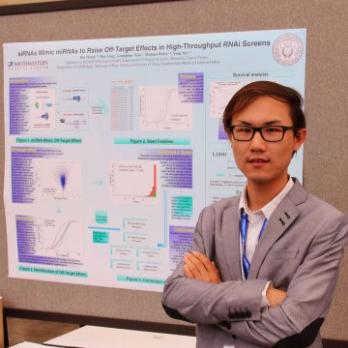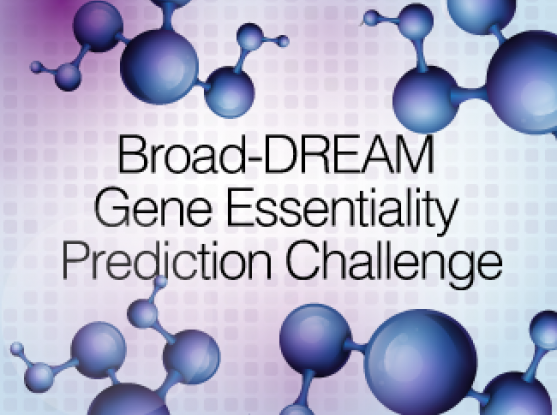Welcome to Xie Lab
Short Biography
Dr. Yang Xie holds the Raymond D. and Patsy R. Nasher Distinguished Chair in Cancer Research and is the Associate Dean for Data Sciences at UT Southwestern Medical Center. She is the founding director of the Quantitative Biomedical Research Center (QBRC), the Pediatric Cancer Data Commons (PCDC), and the Cancer Center Data Science Shared Resources (DSSR) at the Harold C. Simmons Comprehensive Cancer Center. Dr. Yang Xie received her training in biostatistics, medicine and epidemiology. Her research lab focuses on medical informatics, developing predictive and prognostic biomarkers, and precision medicine. She is currently the PI of an NIH Maximizing Investigators' Research Award (MIRA) grant, MPI of an NIAID U01 grant and PI of the Pediatric Cancer Data Core at CPRIT.
Read More
Education
Ph.D. in Biostatistics, 2006
University of Minnesota-Twin Cities
M.S. in Biostatistics, 2002
University of Minnesota-Twin Cities
M.S in Epidemiology, 2000
Peking Union Medical College
BMedSc 1997
Peking University Health Science Center
Research Summary
Biomarker Discovery and Clinical Outcome Prediction
We have developed computational models to predict patient outcomes, allowing clinicians to tailor treatment plans for individual patients ...
Learn moreMethods for High-dimension Data and Integrative Analysis
We have developed bioinformatics tools, computational algorithms and statistical methodologies for the processing and analysis of high dimensional ...
Learn moreStatistical Learning and Prediction Model
My lab has extensive experience in develop predictive models in biomedical research. Our team has won several highly competitive international computational challenges ...
Learn moreRNA Regulation
Over the past couple of decades, a surge of discoveries have revealed RNA regulation as a central player in cellular processes. RNAs are regulated by RNA-binding proteins (RBPs) at all post-transcriptional stages. ...
Learn moreResearch Interests
Biomarker discovery and validation
Genomic data analysis and data integration
Medical informatics
Clinical trial design
Lung cancer
Predicting the future for people with lung cancer
Nature Medicine. 2008 Aug;14(8):812-3. PubMed PMID: 18685594;
PubMed Central PMCID: PMC2833359.
Xie Y, Minna JD. Predicting the future for people with lung cancer.
A lung cancer molecular prognostic test ready for prime time
Lancet, 379, 785-787.
Xie, Y., and Minna, J. D.
A 12-Gene Set Predicts Survival Benefits from Adjuvant Chemotherapy in Non-Small-Cell Lung Cancer Patients
Clin Cancer Res; January 28, 2013;
doi:10.1158/1078-0432.CCR-12-2321. (*Corresponding Author)
Tang H, Xiao G, Behrens C, Schiller J, Allen J, Chow CW, Suraokar M, Corvalan A, Mao
JH, White M, Wistuba II, Minna J, Xie, Y.











